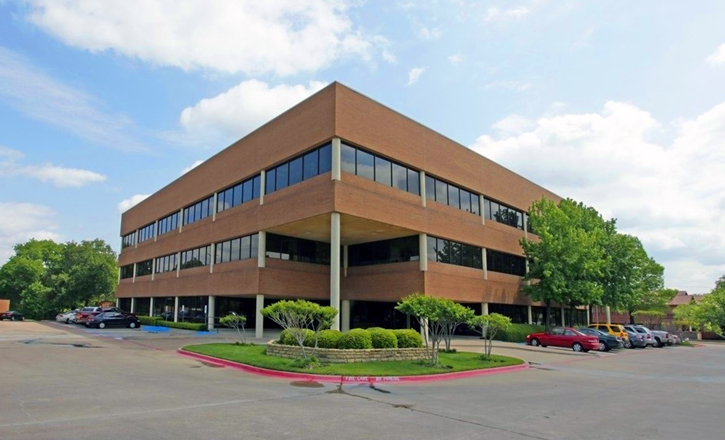Enterprise Mobile App Development : Dallas Fort Worth Metroplex
Improving Web Application Performance
Deploying everything (web application, database) in one server is typical for any web application as this is the most easiest and simplest way to deploy. As the number of application users starts to grow, the web application itself needs to be able to handle more requests. Both the application and database contend for the same hardware resources like CPU, Memory, Input/Output (I/O). Allocation of resources could be improved by vertically scaling the resources and adding more memory with optimized hardware like Solid State Drives (SSD) to boost I/O, ultimately adding more CPU power. Optimizing hardware is cheaper than programmers’ time, but as a web application needs to process more and more requests, this type of architecture starts underperforming.
 To improve the performance, we can split the application and database between two different servers. This way, the contention of resources between application and database can be eliminated. Another advantage of this optimized hardware architecture is that we can remove your database from Demilitarized Zone (DMZ, which means moving it to a private network where it is not directly accessible from the internet) to improve security. This setup requires careful planning as network performance between the application server and database server can degrade the application performance. Low network latency is the requirement for this kind of setup. Geographically distributed servers (application and database) are not desirable for this kind of setup. Furthermore, As application needs to handle millions of request, we can scale our architecture horizontally by adding load balancers for the application backend and performing database replication where each instance of the application connects to each instance of the replicated database.
To improve the performance, we can split the application and database between two different servers. This way, the contention of resources between application and database can be eliminated. Another advantage of this optimized hardware architecture is that we can remove your database from Demilitarized Zone (DMZ, which means moving it to a private network where it is not directly accessible from the internet) to improve security. This setup requires careful planning as network performance between the application server and database server can degrade the application performance. Low network latency is the requirement for this kind of setup. Geographically distributed servers (application and database) are not desirable for this kind of setup. Furthermore, As application needs to handle millions of request, we can scale our architecture horizontally by adding load balancers for the application backend and performing database replication where each instance of the application connects to each instance of the replicated database.
There are lots of open source web application frameworks to start web application development with like Ruby’s Rails, Django, ASP.NET’s MVC, and Codeigniter are among the most popular frameworks that are full-stack and accentuates developer productivity. Django is the popular Python-based web development framework for perfectionists with deadlines that can handle massive traffic. Companies like Disqus, Instagram, Pinterest have managed to scale their Django web applications to serve hundreds of millions of user requests. Web application performance can be further improved by the use of caching mechanisms. Frameworks like Django already support multiple caches on the backend but “memcached” stands out among the others, its use of cache server can dramatically increase the server performance as it reduces the database call and serves content directly from the memory. Hosting the static files and the media files separately can also significantly improve the application performance. Other ways of improving application performance is by optimizing the database, bundling and minifying the web assets (javascript and css libraries). Use of profilers give your developers insight on where the performance bottlenecks are.
The ability to mitigate performance bottlenecks through caching, bundling and minification of assets, and use of profiler are not typical to Django applications but can be used similarly in other web development frameworks. These are the few means that can help improve application performance dramatically but of course it’s not a fully comprehensive list by any means.

